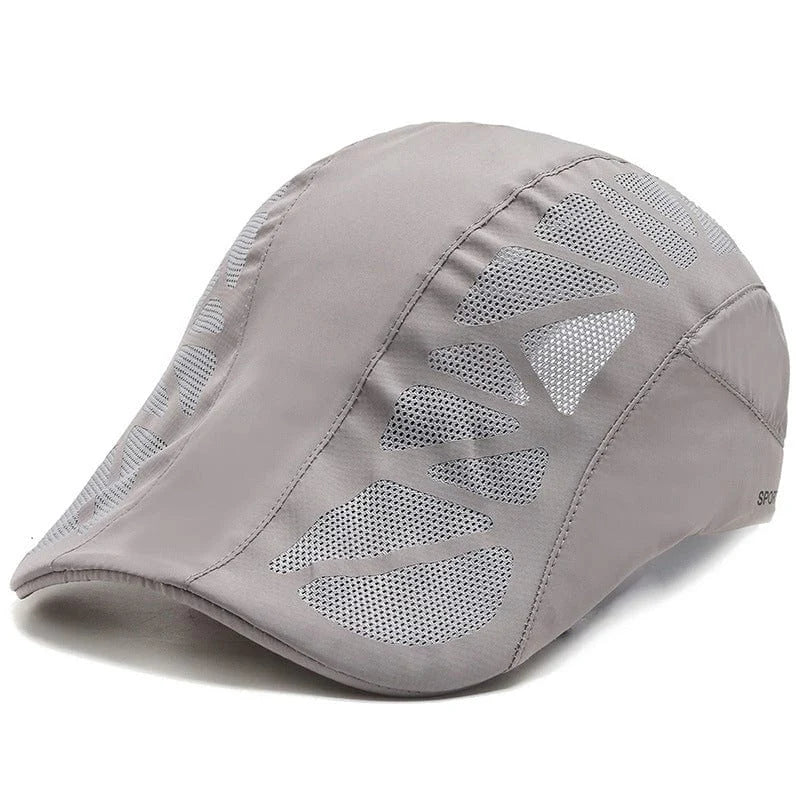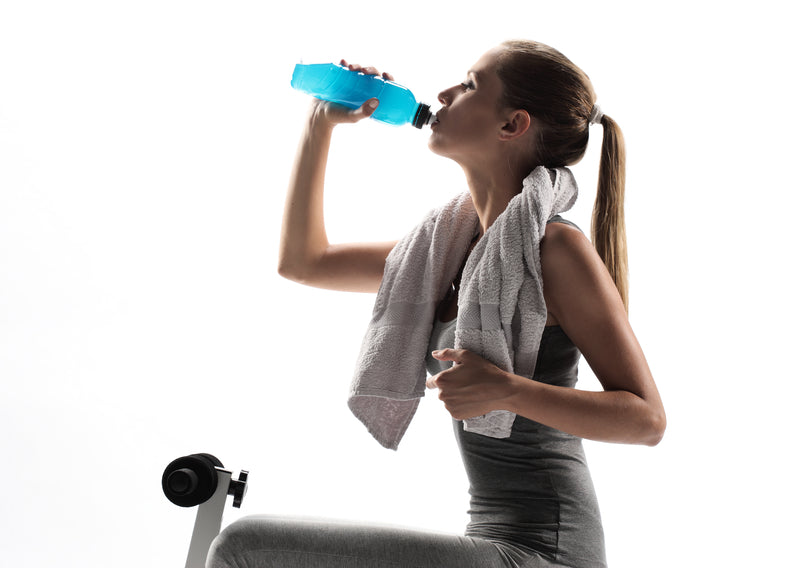For fitness enthusiasts and bodybuilders, pushing physical limits is a part of the routine. However, as temperatures rise, so does the risk of heat stroke – a serious condition caused by the body overheating. It's crucial for those engaged in high-intensity workouts, especially in hot conditions, to understand how to avoid heat stroke. Implementing strategies to manage body temperature and hydration can help ensure that your training remains both effective and safe.
Stay Out of the Sun
One key strategy is to minimize direct exposure to the sun during workouts. The sun's intense rays can significantly increase body temperature, heightening the risk of heat stroke. If outdoor training is part of your regimen, seek shaded areas to exercise. Alternatively, consider indoor workouts during the hottest parts of the day. If outdoor workouts are unavoidable, wearing appropriate clothing is essential. Opt for lightweight, breathable, and moisture-wicking fabrics that help keep the body cool and facilitate sweat evaporation. Additionally, using sunscreen to protect the skin from UV rays is crucial, as sunburn affects the body's ability to cool itself.
Stay Hydrated
Hydration is paramount in preventing heat stroke. During intense workouts, the body loses fluids and electrolytes through sweat. Replenishing these is crucial for maintaining body temperature and proper muscle function. Hydration plays a critical role in all facets of health, including dental health, as it helps in saliva production, which is vital for maintaining oral health. To stay hydrated, drink water before, during, and after workouts. The amount of fluid required depends on the intensity and duration of the exercise and individual sweat rates. For longer sessions, consider drinks that replenish electrolytes. Be cautious with beverages high in caffeine or sugar, as they can lead to dehydration.
Time Your Workouts
Scheduling your workouts can also play a significant role in avoiding heat stroke. Plan to exercise during cooler times of the day, typically in the early morning or late evening. These times offer cooler temperatures and reduced sun exposure, making outdoor activities more bearable. Be mindful of the weather forecast and heat advisories. On days with high temperatures or humidity, either reduce the intensity and duration of your workout or opt for an indoor gym session. Listening to your body is crucial; if you feel dizzy, nauseous, or overly fatigued, take a break and cool down.
Avoiding heat stroke during workouts requires careful consideration of your environment, hydration, and exercise timing. By staying out of direct sunlight, keeping yourself well-hydrated, and timing your workouts to avoid the hottest parts of the day, you can significantly reduce the risk of overheating. These precautions are vital for maintaining your health and ensuring that your fitness journey is both safe and enjoyable. The goal is not only to challenge your physical limits but to do so in a way that respects and protects your body’s health.
Did You Enjoy Reading This Article? Here’s More to Read: How To Relieve Pain Without Painkillers After the Gym



